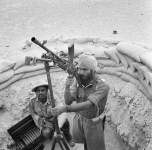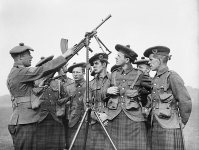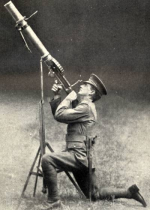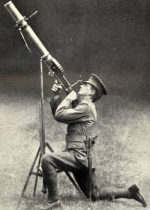- Reaction score
- 18,792
- Points
- 1,160
I've actually been wondering as to whether or not the TAPV might be of use for something like air defence. Such a system generally doesn't need a large crew but should be armoured. The issue for most systems is the ability to carry enough ammunition (or in the case of a laser like this, power cells)I totally agree with you. Life cycle costs and PY availability are at least just as important (one can argue they are MORE important) as the acquisition costs. If the system is absurdly expensive to operate, or needs regular costly maintenance because it is 'fragile' - those things need to be thoroughly considered before the system is acquired. And obviously, we need PYs available to operate whatever system is acquired.
If something like this was mounted on a LAV 6, I imagine the life cycle costs would be fairly low. Not a lot of moving parts, no violent explosions happening inside the system being funneled through a barrel, subsequent recoil, wear & tear, etc. Perhaps some hydraulic motors for turret rotation, and some high-tech sci-fi things that make a laser powerful enough and focused enough it is weaponized. (Which now that I write that out, are probably more expensive than I realize.)
Just some random thoughts/questions:
- In regards to PYs, is it possible to have some of the gunners/personnel in the RCA able to operate both? Do we need personnel exclusively trained on the M777, and others exclusively trained on this system if it is user-friendly enough? Depending on the deployment, PYs that are trained on the M777 could operate this kind of system if their M777s aren't deployed.
It's not impossible to be double hatted but I think it's impractical. I go back to the 1970s when we introduced the Blowpipe and Boffin air defence systems and it was quite an effort to get people trained, especially officers and NCOs who had to deal not just with the operation of the weapon but its tactical employment doctrine. Essentially all gunners started with basic training as gun numbers and then went on to specialties. Eventually the branch split into specialties after I transferred to the legal branch and I do not know if they continued on with this. My understanding is (and I could be wrong) that we still train everyone to be a field artillery gunner/officer first and then they go on to such things as STA specialties.
Again, I've settled into the viewpoint that most senior NCO and officer appointments in the artillery these days have a level of complexity that they need to be full-timers, but that many of the weapon system operators could easily be reservists (assuming that a proper training regime is set up for them). Essentially most gunline jobs and system operator jobs, including many NCOs and junior officers there, should be reservists while there should be just enough full-timers to be able to fill quick reaction deployments and to create a sufficiently large enough base to allow for sustainable experience development for the more senior ranks.
This is why I think Force 2025 could be a very valuable tool if and only if it brought us to the realization that with PY and funding limitations the Army needs to determine, from the ground up, what is necessary to maximize its capability outputs by rebalancing its human resources and to define and acquire the equipment which is necessary to properly meet its defence missions. There was a brief time during the Afghan mission where there seemed to be a forward looking plan but that just seemed to collapse. For the artillery, the focus turned entirely to configuring batteries to support counterinsurgency type missions and IMHO it continues to be organized, equipped and trained to fight the last conflict and not the next one.









